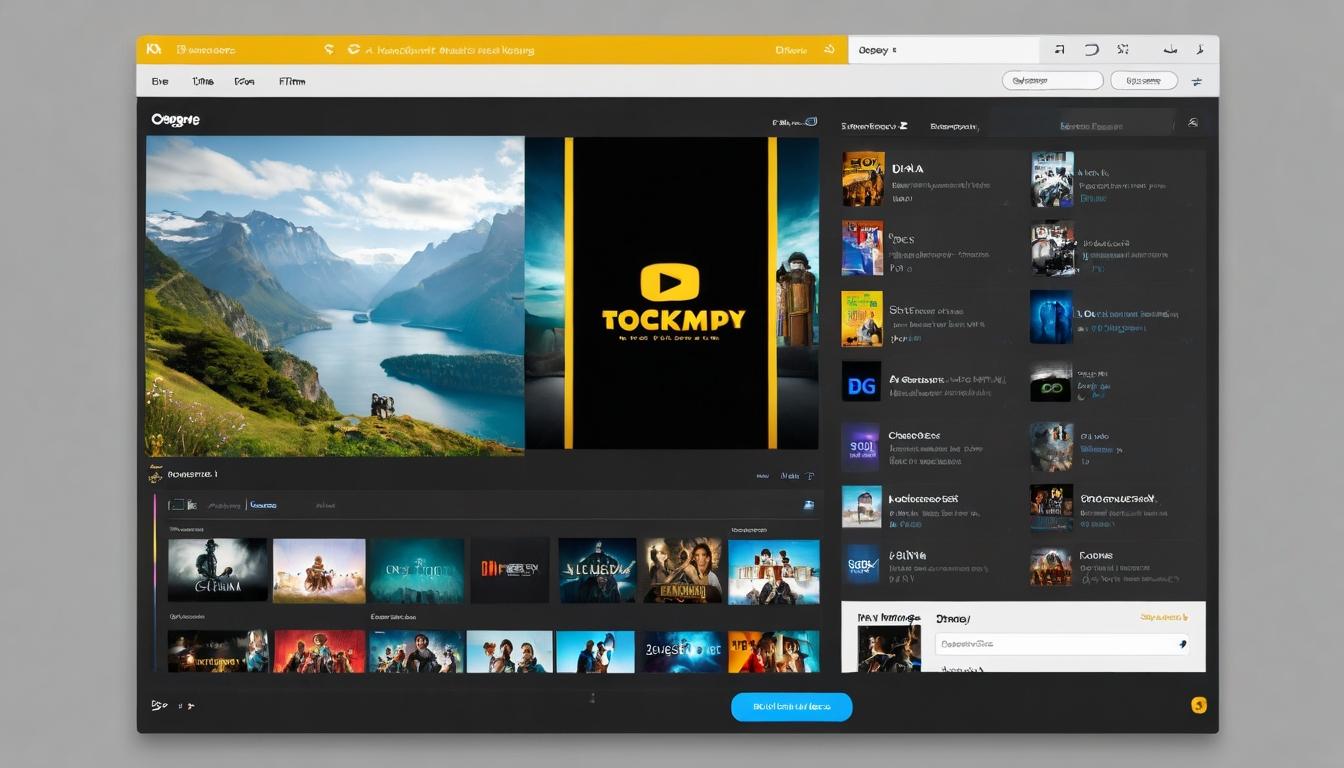In the digital age where content appears infinite, a curious phenomenon has emerged—films are vanishing from streaming platforms with alarming frequency. What was once a permanent fixture in our cultural landscape has become distressingly ephemeral. The very platforms that promised eternal access to cinema are now creating a new form of digital scarcity, leaving audiences scrambling to watch films before they disappear into the corporate ether.
This isn't just about licensing agreements expiring—it's about the fundamental shift in how we value and preserve our cinematic heritage. Major studios are pulling their content to bolster their own streaming services, creating walled gardens where films become exclusive assets rather than shared cultural artifacts. The result? A generation growing up with fragmented access to film history, where discovering classics becomes increasingly dependent on corporate strategy rather than artistic merit.
Meanwhile, the theatrical experience faces its own existential crisis. The 90-day exclusive window that once defined movie distribution has shattered into countless pieces. Some films debut simultaneously in theaters and on streaming, while others skip cinemas entirely. This fragmentation has created confusion among audiences and fundamentally altered how we experience movies. The communal magic of opening night has been replaced by the solitary glow of personal screens.
Independent filmmakers face the greatest challenges in this new landscape. While streaming platforms promised democratized distribution, the reality has been more complex. Algorithms prioritize content that keeps viewers engaged, often favoring familiar franchises over innovative storytelling. The result is a paradox: more content than ever before, yet less diversity in what actually reaches audiences.
Film criticism has transformed alongside these distribution changes. The traditional role of critics as cultural gatekeepers has been supplemented—and sometimes supplanted—by algorithm-driven recommendations and social media buzz. Rotten Tomatoes scores now influence box office performance in ways that would have been unimaginable two decades ago, while user reviews on platforms like IMDb create alternative hierarchies of cinematic value.
What's being lost in this transition isn't just access to specific films, but the very context that gives them meaning. When movies disappear from streaming platforms, they take with them the conversations, analyses, and cultural moments they inspired. The digital graveyard of removed content represents not just lost entertainment, but lost opportunities for discovery and rediscovery.
The preservation of cinema has become a pressing concern in ways that would have seemed absurd during the physical media era. While DVDs and Blu-rays offered permanent ownership, streaming provides only temporary access. Film restoration efforts now compete with corporate decisions about what content deserves to remain available, creating a new form of cultural selection driven by profit margins rather than artistic significance.
Audience behavior has adapted to this uncertainty in fascinating ways. Social media platforms buzz with warnings about films leaving streaming services, creating urgency around viewing that mirrors limited theatrical runs. Watch parties organized around impending removals have become digital equivalents of final performances, complete with the same mixture of celebration and mourning.
The economic implications extend beyond consumer convenience. Filmmakers whose work disappears from major platforms face not just lost royalties, but diminished cultural impact. A film that can't be easily accessed can't be discovered by new audiences, can't inspire future creators, and can't participate in ongoing cultural conversations.
Some industry observers see hope in the very fragmentation that causes these problems. Niche streaming services focusing on specific genres or regions offer curated experiences that mainstream platforms can't match. Physical media collectors have found renewed purpose in preserving what streaming services discard. Film festivals, both physical and virtual, provide temporary havens for works that might otherwise disappear.
What emerges from this complex landscape is a new understanding of cinema's place in our culture. Movies are no longer stable artifacts but fluid entities that appear, disappear, and reappear across different platforms and formats. This constant motion challenges traditional notions of canon and cultural permanence, forcing us to reconsider what it means for a film to 'exist' in the digital age.
The solution may lie not in returning to previous models, but in creating new ones that acknowledge both the realities of digital distribution and the importance of cultural preservation. This could include standardized archival requirements for streaming platforms, clearer communication about content availability, and new models for ensuring that important films remain accessible even as business relationships change.
What's clear is that the relationship between audiences and the films they love has entered uncharted territory. The very definition of cinematic availability has been rewritten, and we're only beginning to understand the consequences. As viewers, creators, and preservers of culture, we face the challenge of ensuring that the digital revolution doesn't become a digital amnesia, where films vanish not because they've been forgotten, but because they've been made temporarily inconvenient.
The streaming paradox: why movies disappear faster than ever and what it means for cinema

